Wheat bread infuser
A source: 🔗by Elena Zheleznyak
This method was most actively used and studied in the middle of the last century, our dear Lev Yakovlechiv Auerman, the author of the unforgettable "Technologies of Bakery Production", wrote about it in particular detail. And since we recently started talking about how to make whole grain bread richer and more interesting, then this topic is even very suitable to remember about wheat infusions and consider it in more detail.
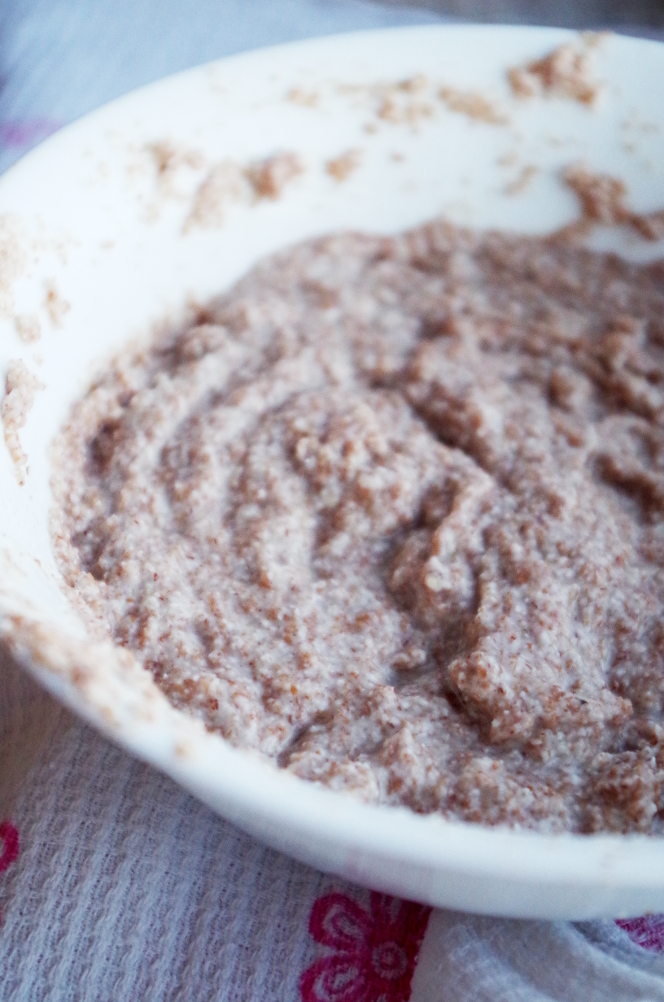
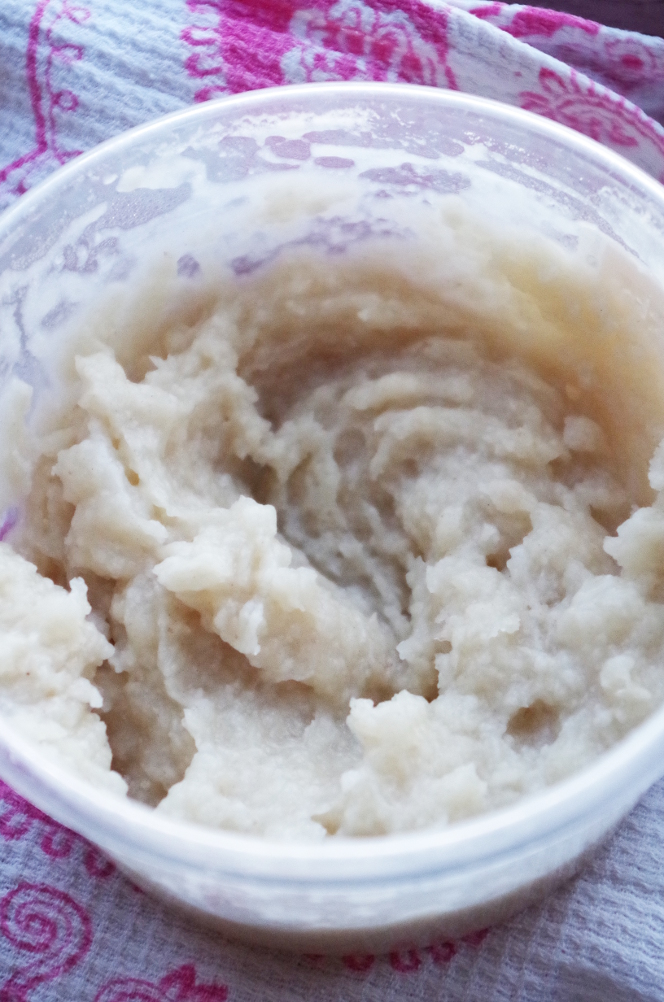
If anyone has heard of flour infusions and their use in baking, then in most cases it was about infusions made from rye flour and malt for baking rye black bread. Such bread is called rye custard, it has a characteristic taste, aroma and porosity.
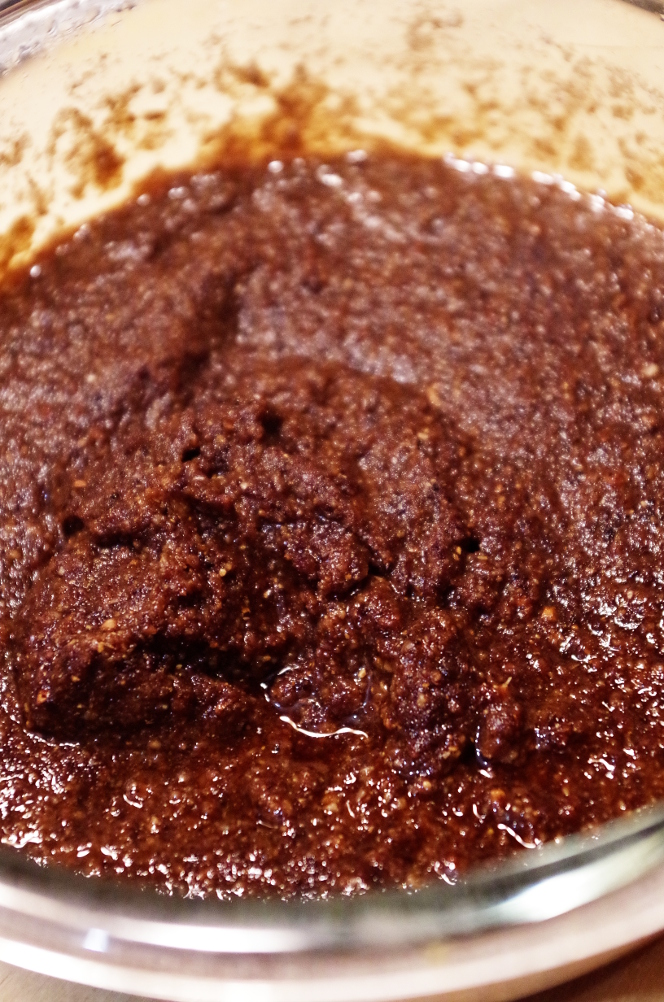
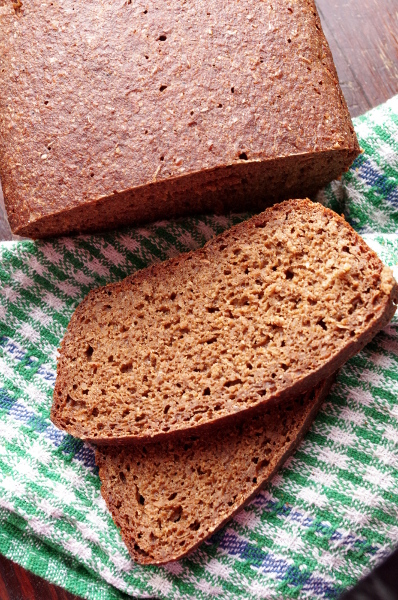
Its aroma is thick, malty, pleasantly sweet, the taste is also more sweetish than sour or neutral, but not coquettishly confectionery. In many ways a special taste
custard rye bread is due precisely to the presence of infusion in the dough: brewed, that is, saccharified flour, provides additional nutrition for microorganisms in the dough, affects the processes occurring in the dough during fermentation, so that it becomes incredibly aromatic and better suited. The most characteristic and recognizable varieties of rye custard bread -
Moskovsky and
Borodinsky, the latter is generally known and loved all over the world, emigrants stalk him, companies that produce ready-made bread mixes try to fake him, in general, he does not give rest to anyone.
Nonetheless,
besides rye custard, there is also wheat custard, when during the preparation of bread dough, part of the flour is boiled with boiling water. This technique is not very common among amateur bakers, but it is widely known in “narrow” circles of professional bakers, that is, it is readily used, and with great benefit for bread. Here, for example, is a photo of a custard (and its infusion in milk), thanks to the infusion, it turned out to be soft, airy and at the same time completely dry and not stale for a long time.
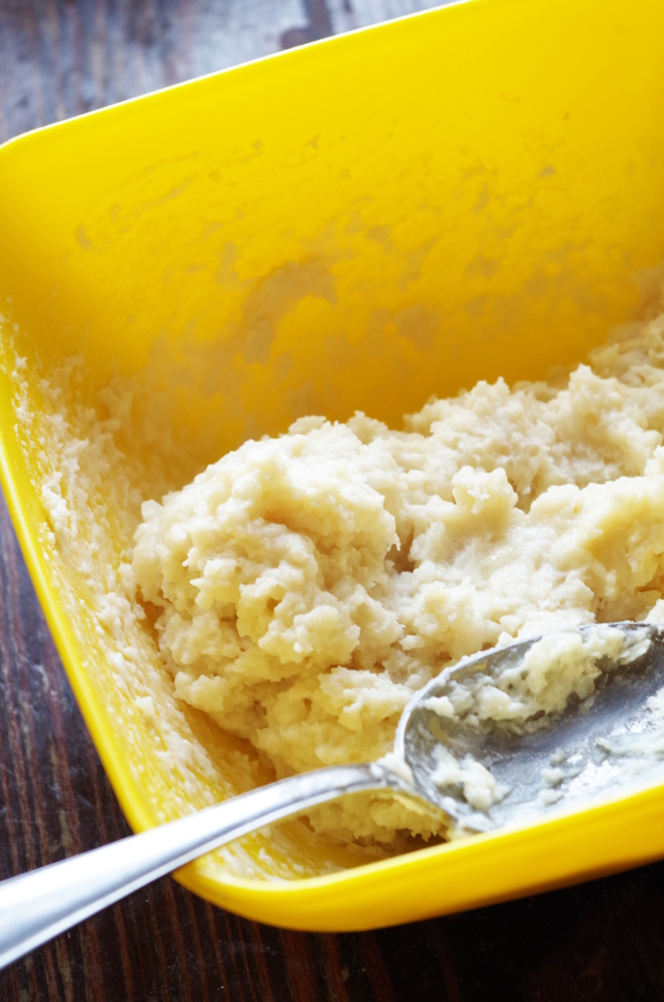
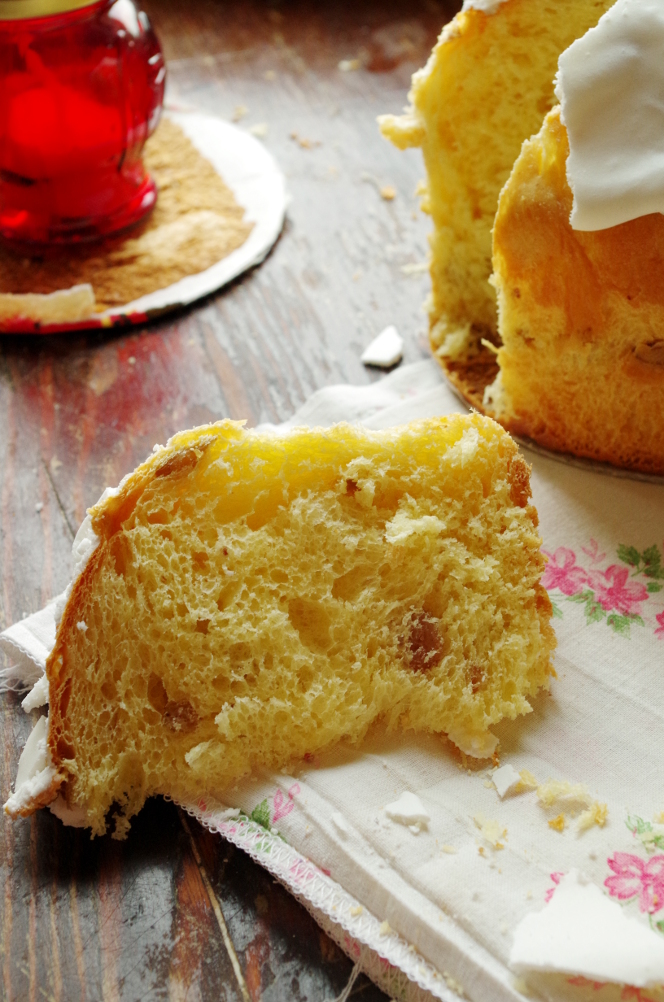
AND
custard white bread on dark beer according to the recipe of English baker Dan Lepard, on sourdough (Note that it was baked not on a stone, not in an oven, but in a microwave oven with horizontal blowing, so the bottom of the bread is denser and practically without crust). But on the inside, this bread is simply incredible!
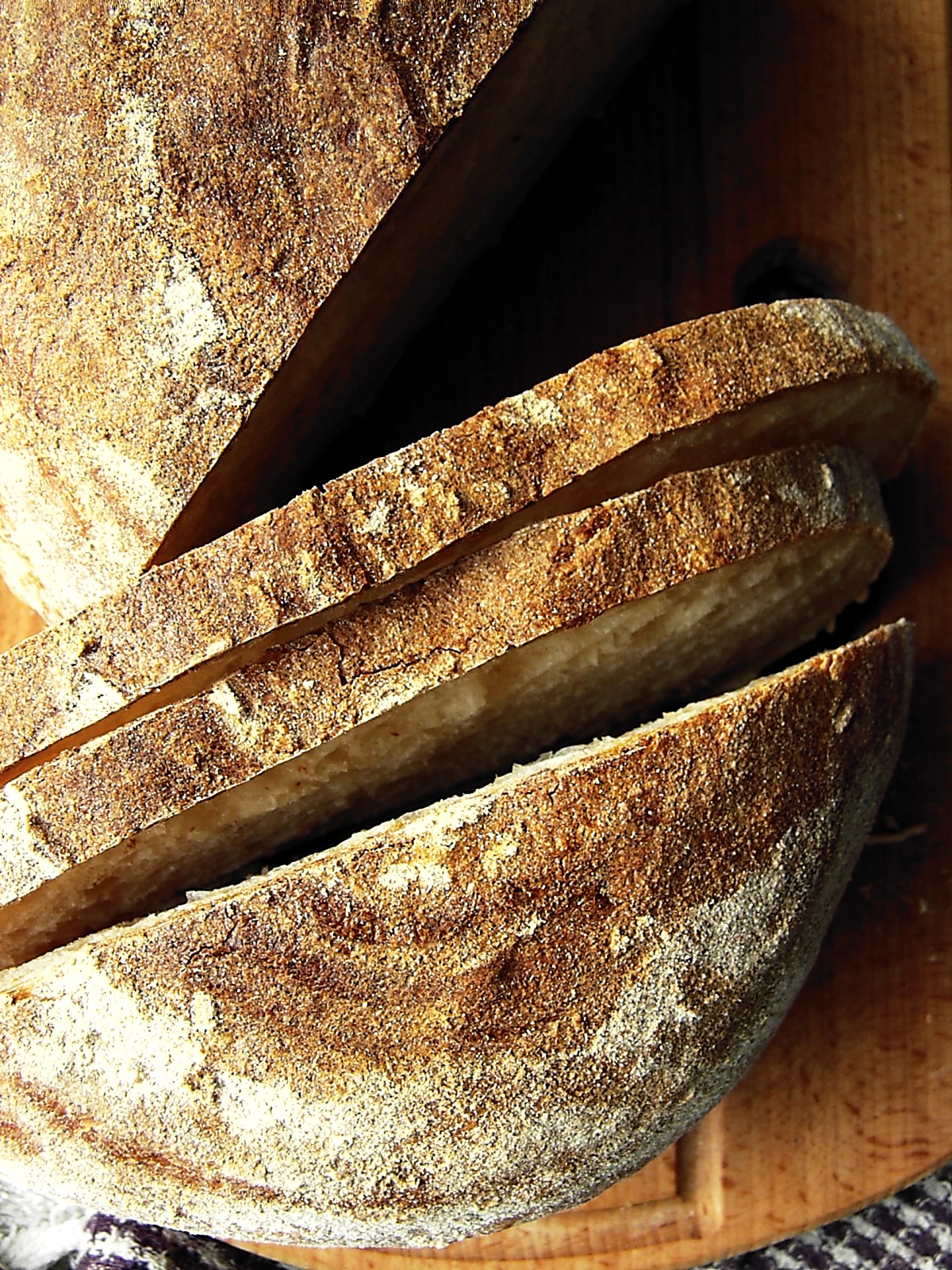
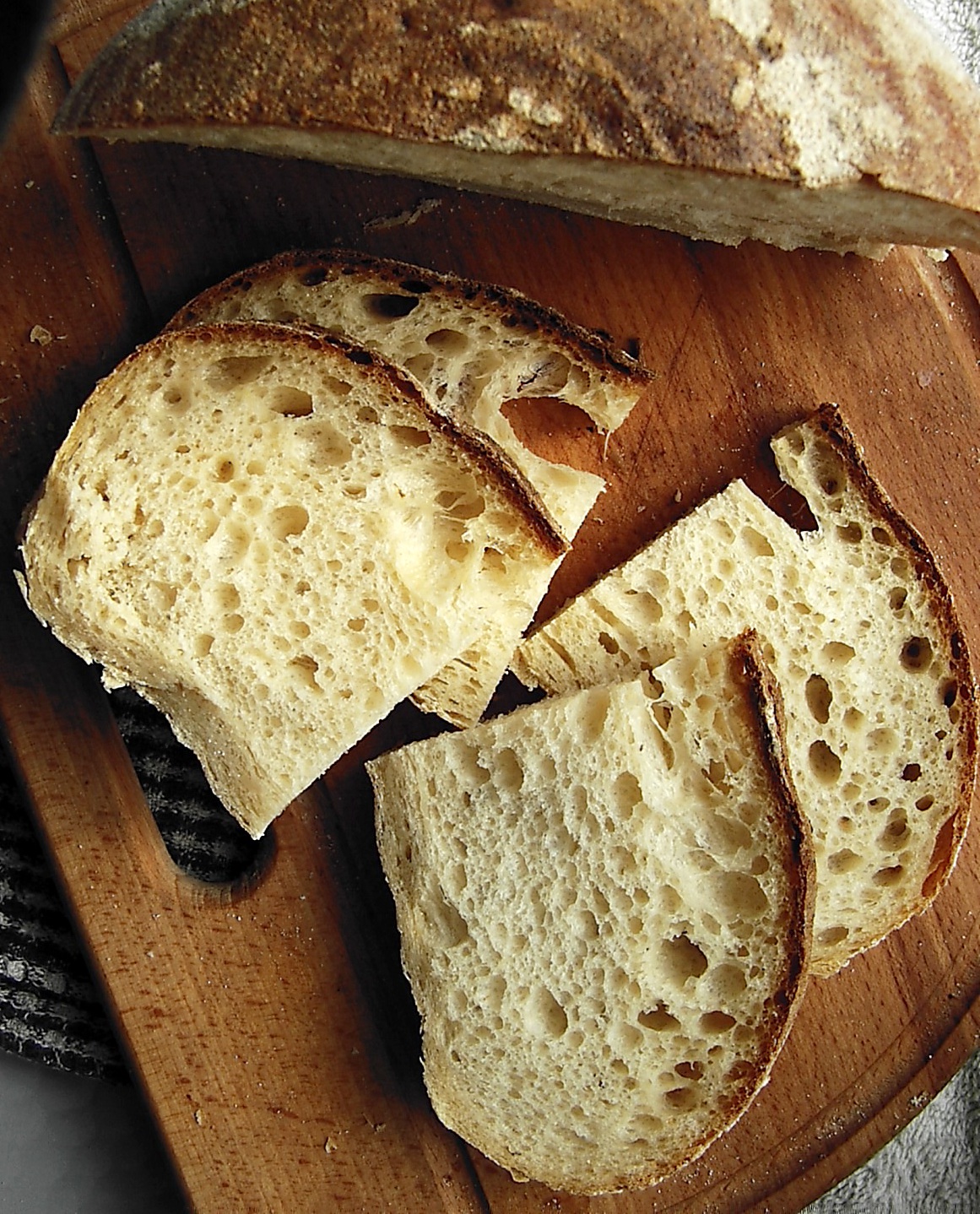 What does wheat bread boil for?
What does wheat bread boil for? As in the case of rye bread, along with the brewing, the microorganisms of the dough receive additional nutrition - sugar, therefore the custard bread has a special pleasant sweetness in taste. Thanks to this, the bread is fluffier and more elastic, and the crust is rounder. For example, freshly brewed flour, especially white wheat flour, tastes noticeably sweet, and after standing for a couple of hours in a warm place, it is completely delicious! Whole grain brewed after cooling also becomes noticeably sweet, as if sugar was added to it.
Doughs and
leaven on brewed flour, microflora are more painfully stable in terms of, they are less likely to develop pathogenic flora, which may be present in flour, because during brewing, this pathogenic flora is simply killed by boiling water, and the brewed mass becomes almost sterile. Yeast or bacteria of the starter culture (starter, sourdough), all that remains is to multiply and multiply on fertile nutrient soil.
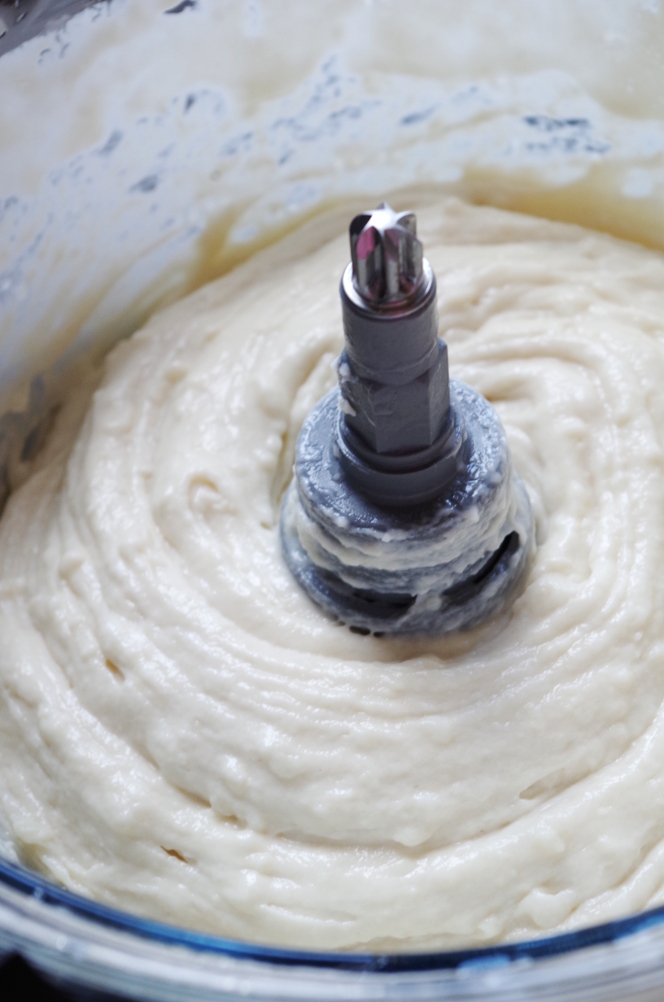

(pictured dough with tea leaves and flour, fermentation hour)
What are the types of infusions and what happens when you brew flour?Wheat brews are different, but they have a very similar effect, they all in one way or another increase the amount of sugars in the dough and improve the physical properties of bread. Flour is brewed by adding hot (70-95 degrees) water and mixed well.
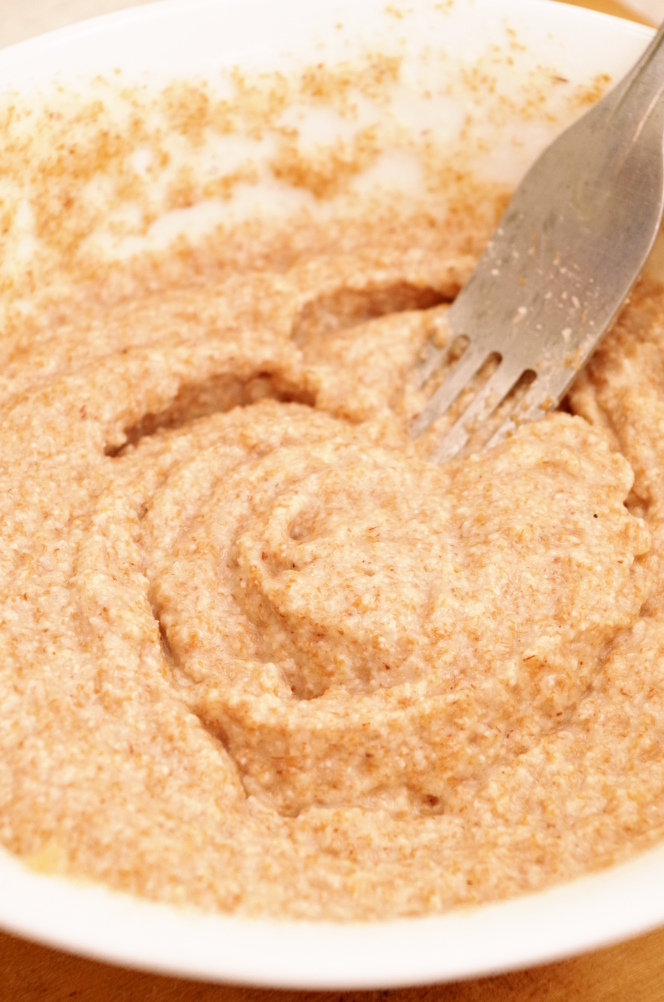
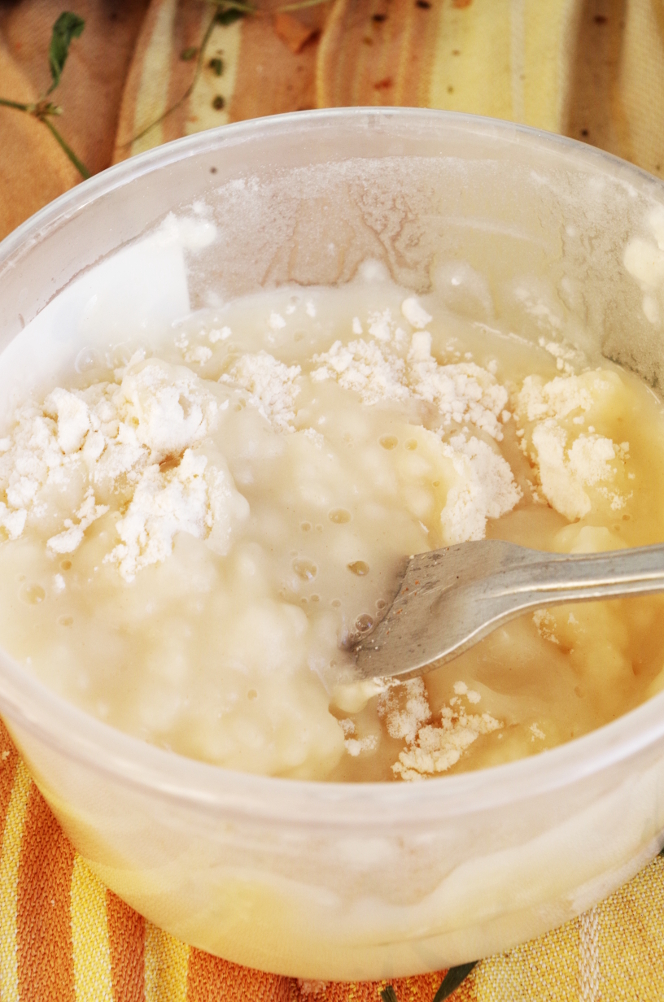
Further, the wheat brew is either kept for 2-4 hours at a temperature close to 60 degrees for saccharification, or simply cooled to 35-30 degrees. Such infusions can be saccharified under the influence of their own enzymes or under the influence of specially introduced white malt or other substances that accelerate and improve the saccharification process. Infusions are also salty when all the salt required by the recipe is dissolved in the water intended for the infusion. Technologists believe that it is this brewing that best affects the properties of bread. Simply chilled tea leaves, without aging, are called simple non-sugared, they are most often used in home baking, because it is simple and convenient: you do not need to withstand, it is enough to wait until it cools down. At the same time, it is also possible to successfully saccharify infusions at home, if you have any equipment at hand that can maintain the desired temperature. A multicooker or a folding proofing cabinet is perfect for these purposes.
But the brews in production, there are completely different volumes, appreciate it! Such volumes of tea leaves can be cooled and saccharified for a whole day!

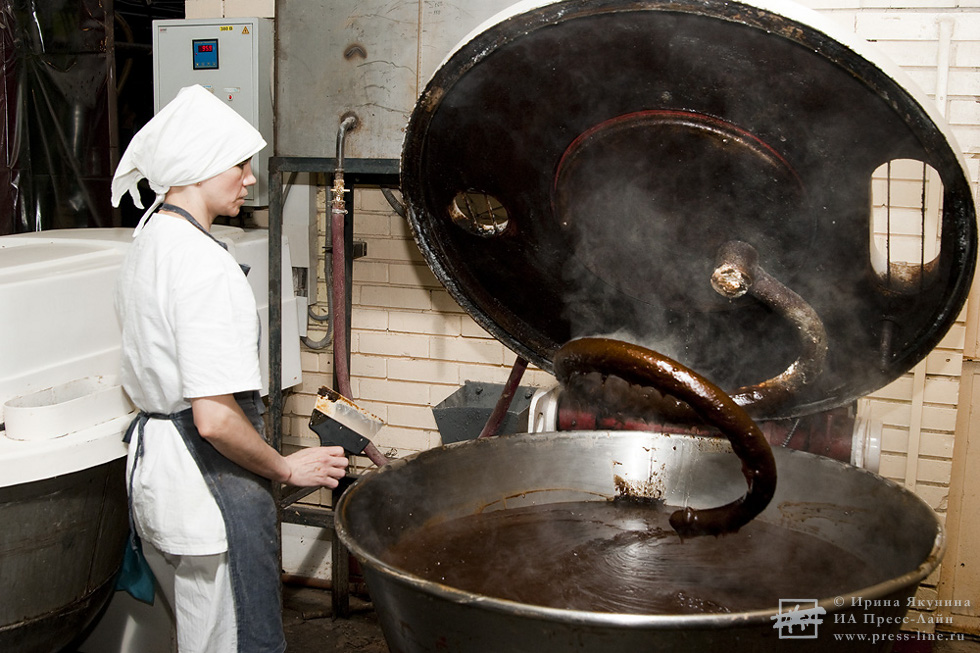
There was a time when Soviet technologists, wishing to optimize and speed up the process of kneading and baking bread, tried to prove that brewing wheat flour has practically no effect on the amount of sugars in the dough, and there is no need for it. However, the beneficial effect of brewing is clear and undeniable.
What happens during flour brewing?In addition to the fact that hot water kills all microorganisms in the brewed flour, under its influence the starch turns into a paste, thereby becoming a more digestible nutrient material for yeast and dough bacteria. At the same time, the protein of flour practically does not suffer, respectively, gluten does not suffer either. Contrary to popular belief, boiling water is not always needed for making flour, so that the starch of wheat flour turns into a paste, it is enough to take water heated to 63-65 degrees, for whole wheat flour - up to 70-73. But, of course, it is more convenient to use boiling water or very hot water, simply because not everyone has thermometers at hand to measure the temperature of the water.Whether the tea leaves have cooled down enough can also be checked without resorting to measuring instruments: if the finger dipped into the tea leaves is not hot, but neutral heat, then the tea leaves can be used further, fermented or started the dough.
How to use the infuser, at what stage?Among the varieties of brews that we talked about above, there are also fermented ones, which are fermented with yeast or sourdough. In fact, this is already a dough, and not just a brew, so it can be considered as one of the stages of building a dough. At the same time, the tea leaves can be used at any stage of working with the dough: ferment or add to the sponge dough during kneading, or knead the unpaired dough with it. It is believed that it has the greatest effect if it is fermented with a dough or as a dough.
For brewing, 5-10% of the flour required by the recipe is usually used, and water is twice or three times as much as the flour. If you take more flour, for example, 20%, then this amount of brewing will harm the bread, it will turn out to be noticeably moist. In fact, it is most convenient to take three times more water than flour - it is easier to stir this way. When brewing wheat flour, dense lumps are formed, which are quite difficult to stir, especially if you are brewing white flour. To avoid this trouble, you need to heat one third of the water required for brewing to a moderately hot temperature (50-60 degrees, so that the finger is hot, but really hold), mix with flour, stir until smooth, and then add the remaining two thirds of the water, heated to boiling water or very hot. And you can use to stir the tea leaves
harvester or
mixer.
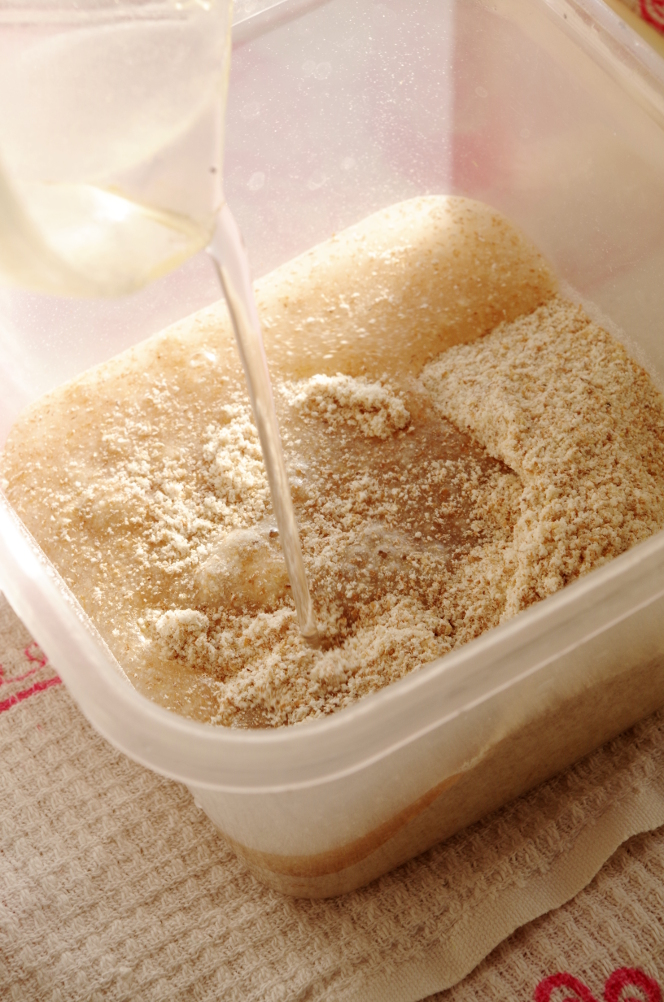
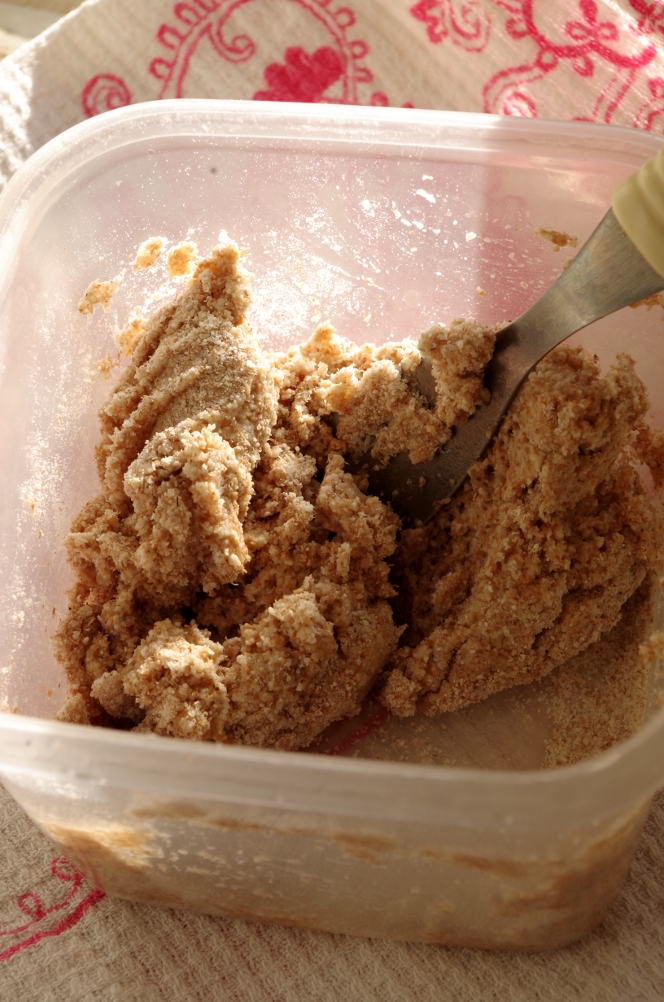
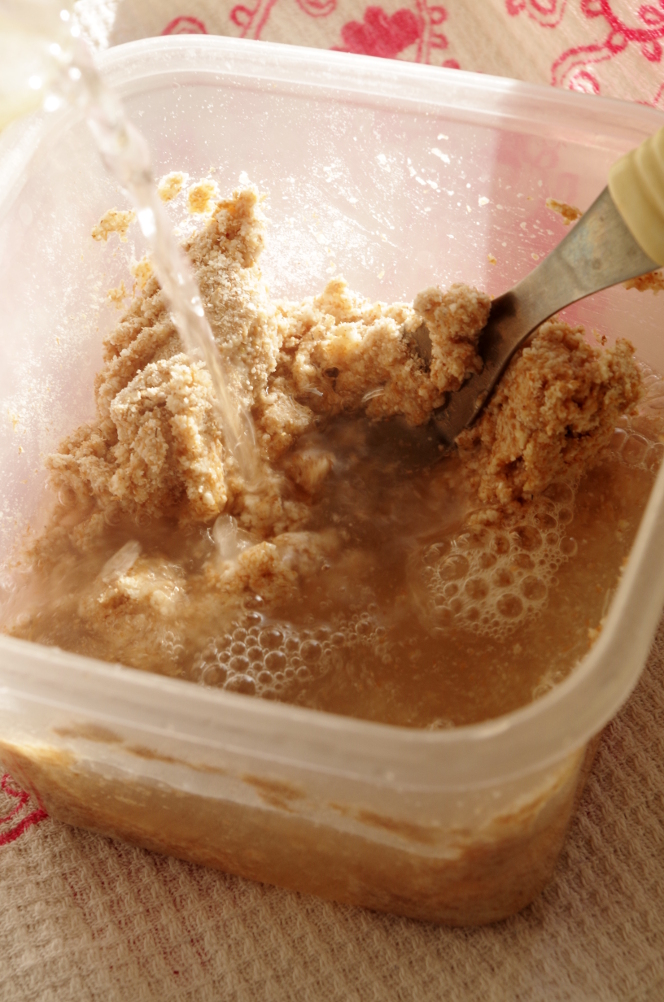

While brewing flour for this material, I was very amused by the difference in results. In all cases, I used 50 grams. flour and 150 gr. water. Here, for example, brewed with boiling water from white wheat flour and whole grain flour
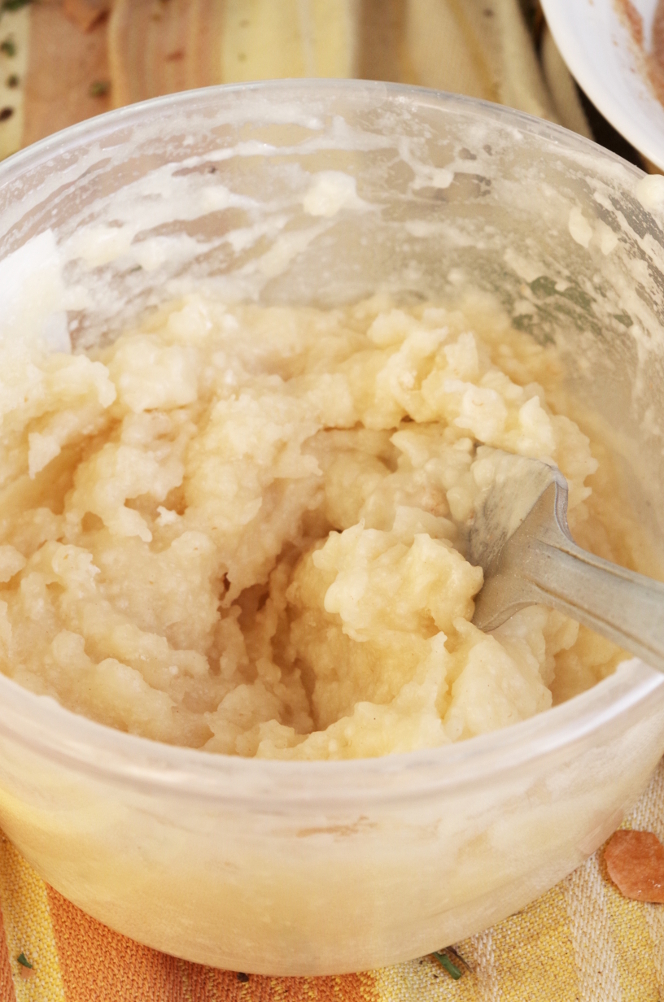

It can be seen that the infusion from white flour turned out to be much thicker than the infusion from whole grain, this suggests that there is much more starch in white flour and this is how it looks in practice.
But 50 gr. flour, just poured 150 gr. water at room temperature. In both cases, this is the consistency of pancake dough, almost water.
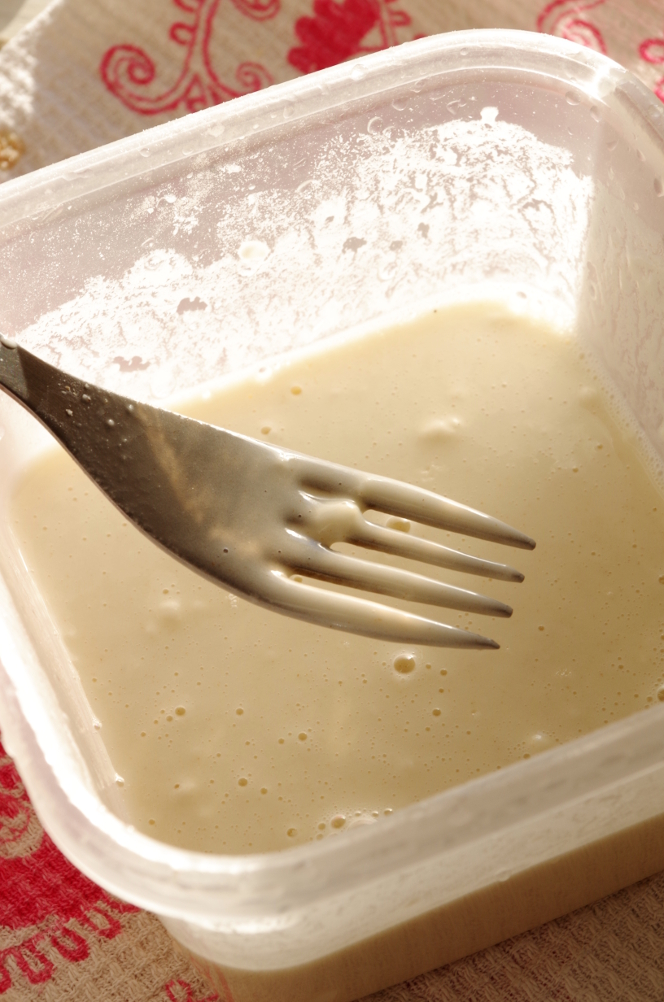
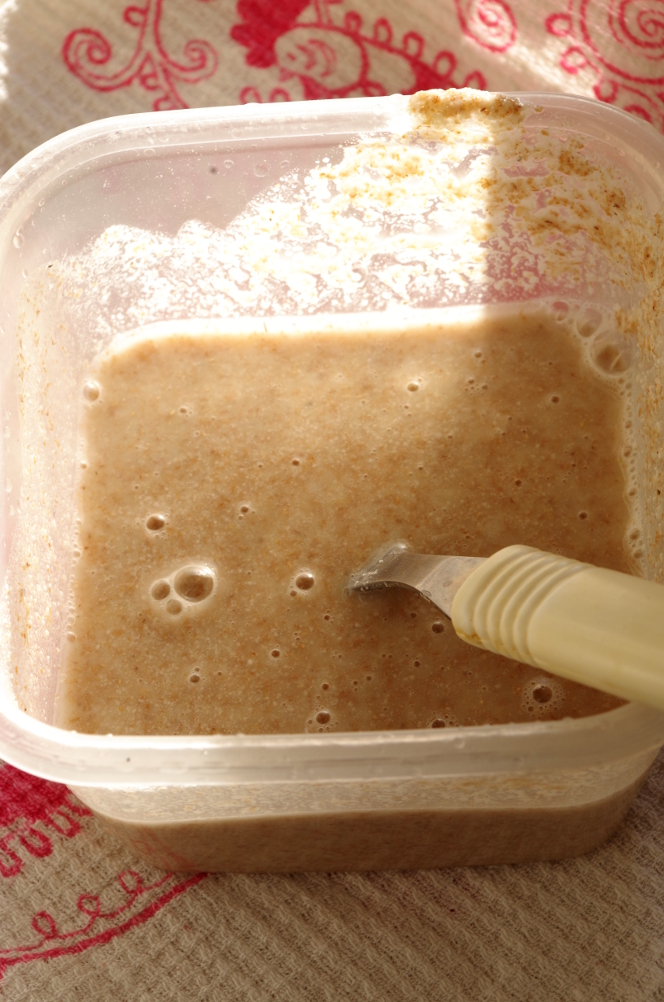
Does brewing affect the digestibility of bread? It is generally accepted that it does not affect and only matters as an enhancer. Especially infusions are shown for dough made from flour with a low sugar content, the so-called "strong to heat". Bread from such flour usually turns out pale, no matter how much it is baked, and low, because the flour has few of its own sugars. IN
whole grain flour there are a lot of sugars, however, with respect to the dough made from whole grain flour, brewing can have a beneficial effect
Related topic Making tea infusions from rye flour